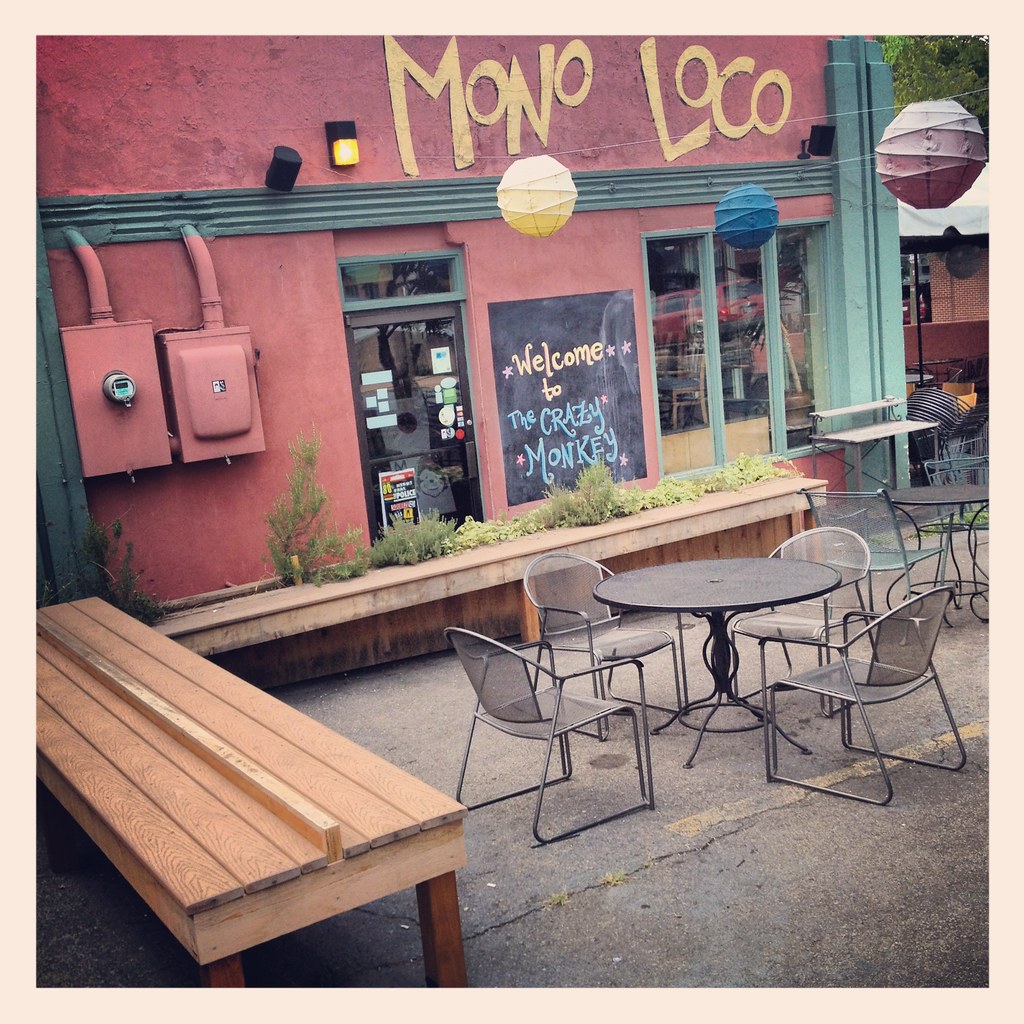Perhaps one of the coolest aspects of being a student at UVa is going to school in a living and breathing museum. Founded by Thomas Jefferson in 1819, our school has seen everything from rowdy students racing on the Lawn on horseback, to wounded Confederate soldiers (during the Civil War, the Lawn and surrounding buildings served as a Confederate hospital!), to a speech by Dr. Martin Luther King Jr., to rallies against the Vietnam war. Although our school has transformed tenfold since its original construction at the beginning of the 19th century, it's fascinating to take a step back and rediscover Jefferson's vision nearly 200 years ago.

So, yes, Thomas Jefferson founded UVa, but he attended the College of William & Mary and really enjoyed his time there. However, he had a few pet peeves with his college and these concerns paved the way for the creation of UVa's Academical Village. At W&M, all of the activities for students took place in a single building: the Wren building, which still stands today. Students would eat, sleep, take classes, exercise, and socialize in this space, an environment Jefferson didn't think was very conducive to health or education. Thus, he envisioned an academic community - well, technically, an "Academical Village" (and, no, "academical" is not a real word, but Jefferson believed in it so we do too).
If you look around the Lawn, you'll notice green, green grass, tall trees and plenty of open space. Here instead of narrow hallways, there's an abundance of fresh air. Surrounding the Lawn are large brick buildings - 5 pavilions on each side of the Lawn and student rooms interspersed in-between. At W&M the professors would ride in on their horses in the morning, teach their lectures, then ride home in the afternoons, becoming virtually unavailable to their students. Jefferson, however, wanted his students and professors to be in perpetual contact; thus, he created a campus where professors and their students would live side-by-side. The professors would live upstairs in the pavilions and teach their classes on the downstairs floor; the students would live in the smaller Lawn rooms. This way, if a student was studying late into the night and had a burning question about science or philosophy at 2:00am, they could walk outside, knock on their professor's pavilion door, and get that question answered. Of course I'm not sure how happy a professor would be to be woken up at 2:00am by a student...
Today faculty members still live in the pavilions, but now they inhabit both floors. The only pavilion still used for classroom space is Pavilion VIII where a professor lives upstairs and a student lounge and classrooms are located downstairs. The Lawn rooms are also available for students, but today they're reserved for fourth-year students who have given a lot back to the University. These are students who have gotten really involved at UVa, holding leadership positions in organizations on Grounds or in the Charlottesville community. It's a pretty competitive application process - only about 54 rooms and nearly 3,500 students in each class - and a big honor to live on the Lawn... although the toilets and showers are located back behind the pavilions.
Although UVa has a very rich history (in fact, the Lawn is a UNESCO World Heritage site), this school is constantly changing and adapting to meet modern standards and needs. Today the Lawn is the site of numerous newer student traditions such as Trick-or-Treating on the Lawn on Halloween and Lighting of the Lawn before winter break.
Want to know more about UVa history? Visit www.virginia.edu for a
Short History of the University of Virginia or sign up for a historic tour!
























